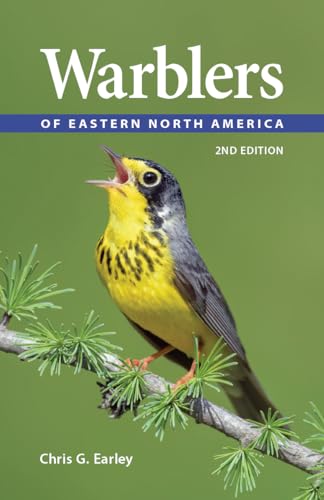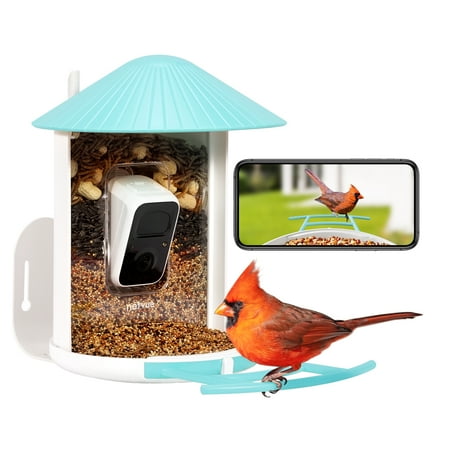The 12,000-mile warbler migration is underway – here's how you can help these native songbirds on their epic journey
From Alaska to Venezuela and beyond, native warblers can travel astonishing distances during the fall

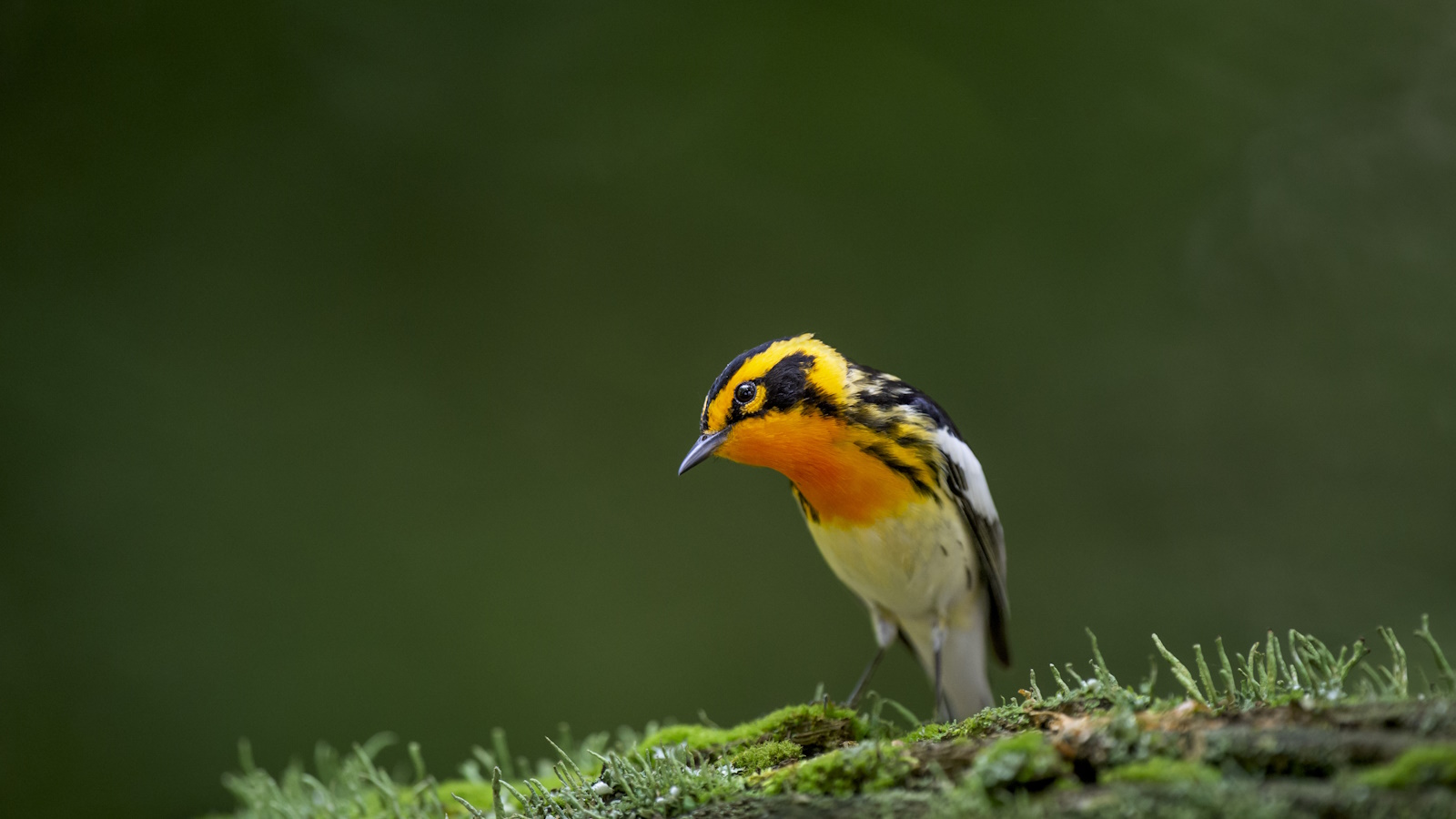
Warblers are some of the smallest native songbirds found across the Americas. There are over 50 North American native species, boasting vibrant plumages in yellow, red, black, orange and green, illustrated by the remarkable blackburnian warbler, seen in the image above.
During late summer and fall, warblers migrate, heading to South America for the winter. This warbler migration is a remarkable feat of the natural world, with some species traveling many thousands of miles. The blackpoll warbler, for example, is a long-range migrating bird that can travel up to 12,000 miles. Leaving Alaska to travel eastwards to New England, this warbler will go on to pass over Georgia and Florida on a southward journey to Venezuela. It is hard not to be impressed by these tiny but mighty songbirds.
Sadly, many birds today have declining populations, with habitat loss, pesticide use and climate change proving catastrophic for native species. The blackpoll warbler is one such bird, having experienced a population decline of 71% from 1966 to 2019. While these statistics are jaw-dropping, there are ways that all of us can help migrating songbirds. So, if you have been fascinated by the ongoing hummingbird migration and want to help other native bird species, our guide has all the information you need.
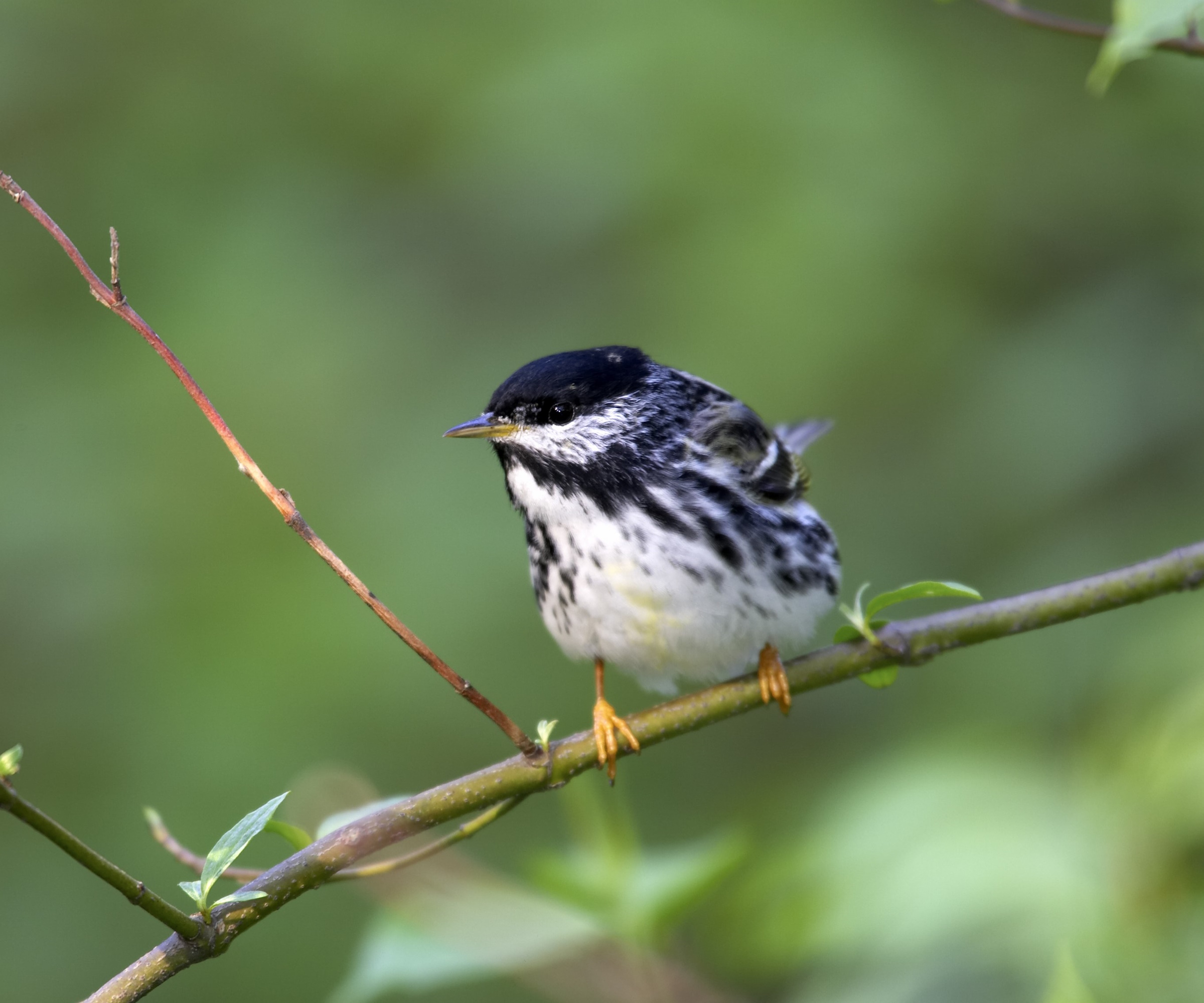
The blackpoll warbler, Dendroica striata, has an attractive black and white striped plumage
How gardeners can help the warbler migration
During late summer and early fall, many warbler species can be spotted in backyards as they migrate southwards. While this will depend on where you are based and your US hardiness zone, many different species begin to migrate from September and October.
The North American Breeding Bird Survey reported alarming statistics showing extreme population declines over the past 50 years. In addition, the American Bird Conservancy reported that the golden-winged warbler has suffered a 66% population reduction since 1966. Taking action to support native birds is, therefore, more important now than ever. Here's how you can help them.
1. Turn off outside lights
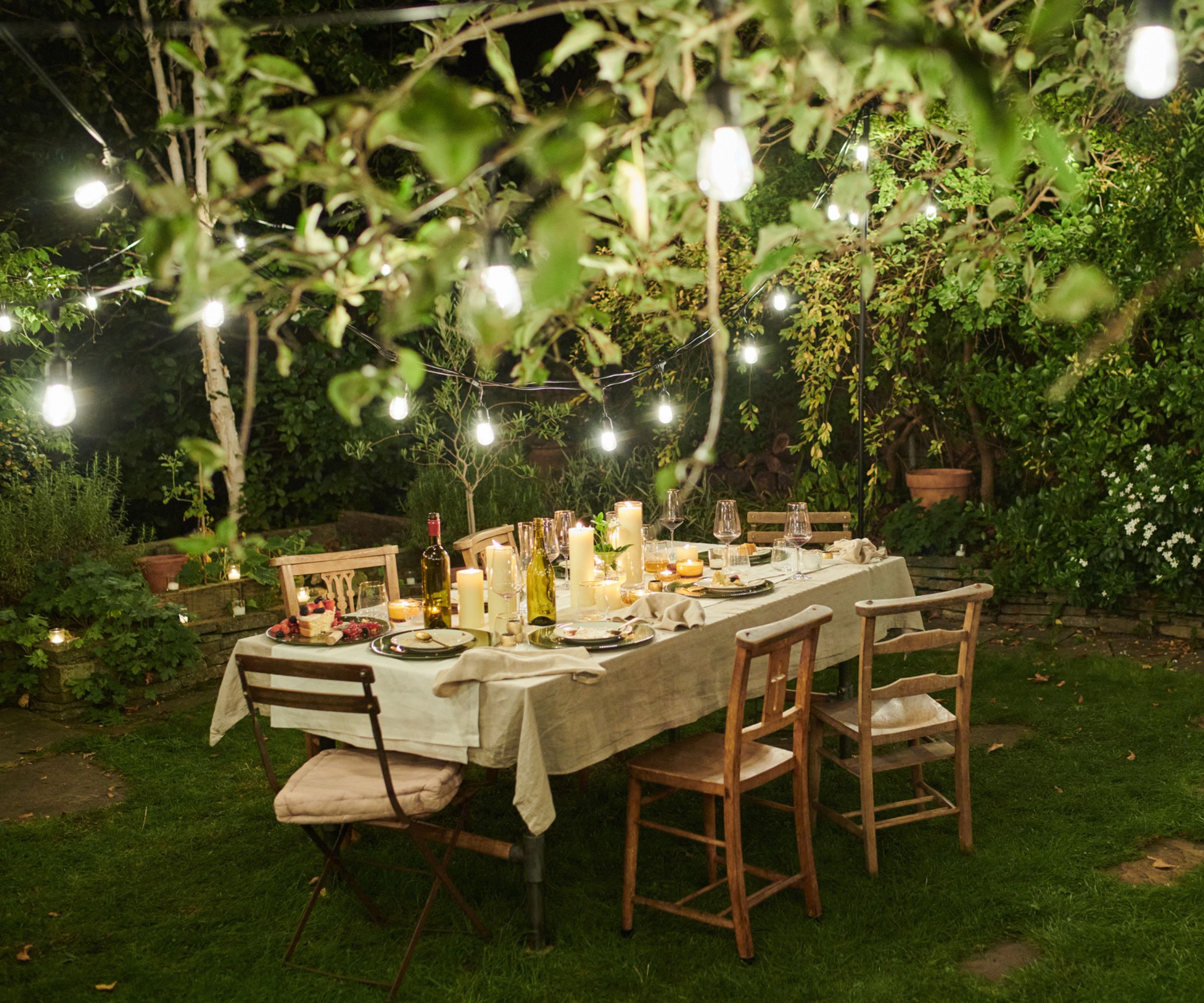
Solar festoon lights can make a nice outdoor feature in summer, but they can be disorienting for migrating songbirds
'In addition to fewer food sources as summer draws to a close, reduced daylight triggers bird migration,' says Melissa Lackey, wildlife expert and secretary of the Broward County Chapter of the North American Butterfly Association.
'The term Zugunruhe refers to a bird’s instinctual restlessness and innate need to migrate,' Melissa continues. This unusual word relates to the erratic fluttering, hopping and tweeting that takes place in the weeks and days before migration begins. In other words, the songbirds have itchy feet to get moving.
Design expertise in your inbox – from inspiring decorating ideas and beautiful celebrity homes to practical gardening advice and shopping round-ups.
'Birds rely on two things to guide their migration,' Melissa adds, 'namely the earth’s magnetic field that they can cleverly use to determine their position and direction, as well as a dark and clear sky.
'Many states have adopted lighting restrictions in spring and fall to help songbirds find their way. Sadly, millions of birds die each year during migration when they become disoriented by light pollution and often collide with glass windows.' Anti-collision stickers are available from Walmart.
Melissa recommends helping garden birds in summer and fall by 'turning off unnecessary indoor lights as well as switching off uplighting and decorative outdoor lighting.' For outdoor security lights which can be intrusively bright, Melissa adds: 'No light should shine above a 90-degree angle so as to help migrating birds.'

Melissa is a wildlife expert with a keen interest in butterflies. She is the secretary for the Broward Chapter of The North American Butterfly Association. Each summer, they collect data to count species, as well as promote sustainable gardening practices to attract and nurture Florida species.
2. Leave native plants to set seed
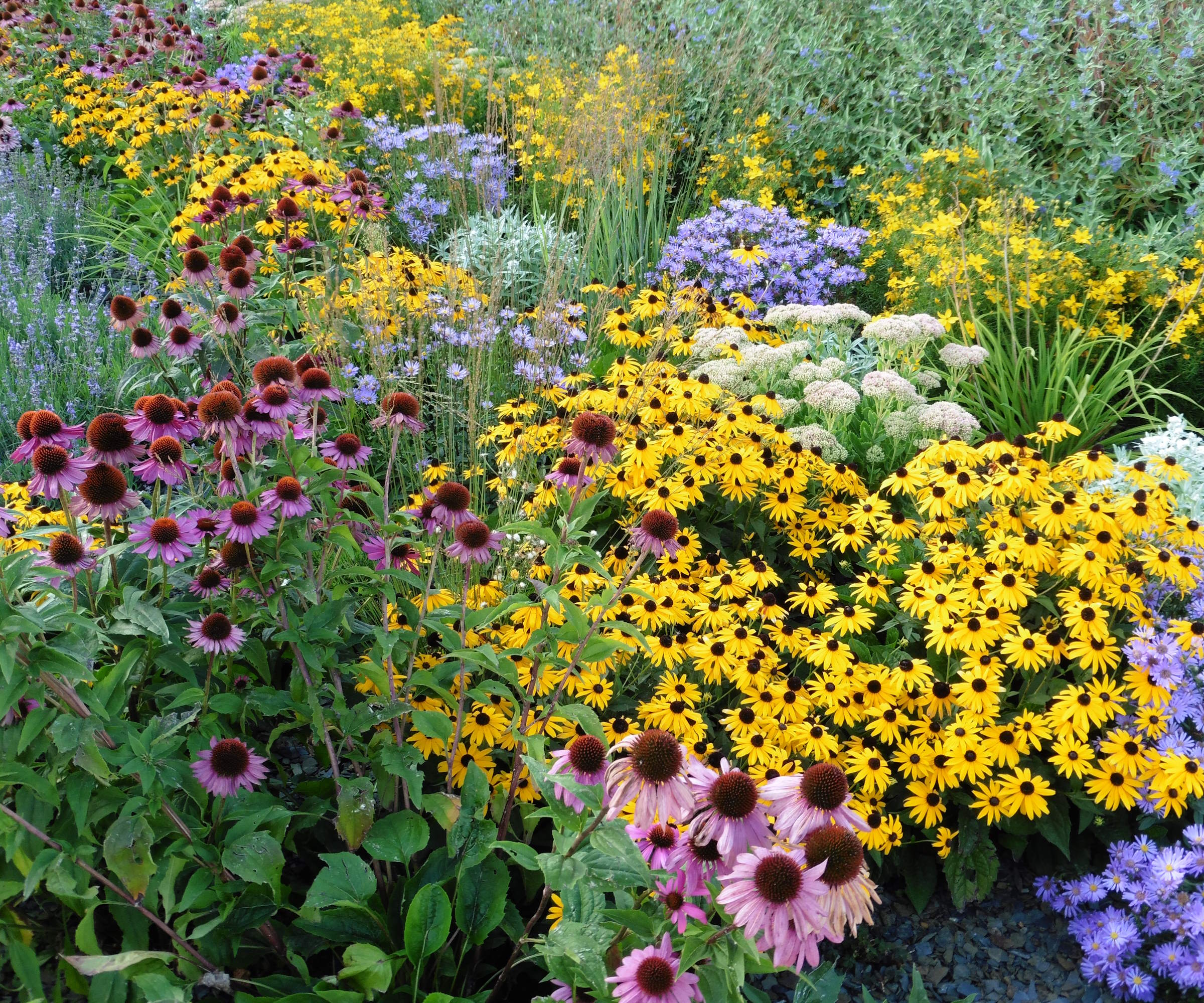
Growing native prairie plants, such as the coneflower and black-eyed Susan, will help to feed native bird species
'Growing fall-blooming native perennials, such as verbena and asters, is a great way to help migrating birds,' says Reese Robbins, garden expert and creator of Just Pure Gardening.
'One good option is the hummingbird trumpet plant or vine, which produces nectar-rich blooms that are attractive to pollinators including songbirds, hummingbirds, bees and butterflies.
'From late summer, stop deadheading your plants,' Reese says. 'Leaving these native species to go to seed will provide a tasty banquet for migrating warblers.'
Melissa agrees, adding: 'I suggest planting flowers such as native thistles and coneflowers, which songbirds love to feed on.'
Finally, Reese cautions against using any pesticides: 'Do not spray your plants with any chemicals that could harm songbirds when ingesting contaminated insects or plant material. Going organic and boosting biodiversity is the best way to help all wildlife.'
It is also worth considering adding a bird feeder to your yard. Providing a nourishing and delicious snack, such as this bugs and berries bird food mix from Amazon, will be sure to attract migrating warblers. Alternatively, Melissa recommends feeding with black nyjer seeds, available from Walmart, that warblers will appreciate during their long journey.

Reese L. Robbins is the founder of Just Pure Gardening, a site full of fruit and vegetable growing guides, garden ideas, and garden product reviews.
3. Provide fresh water in your yard
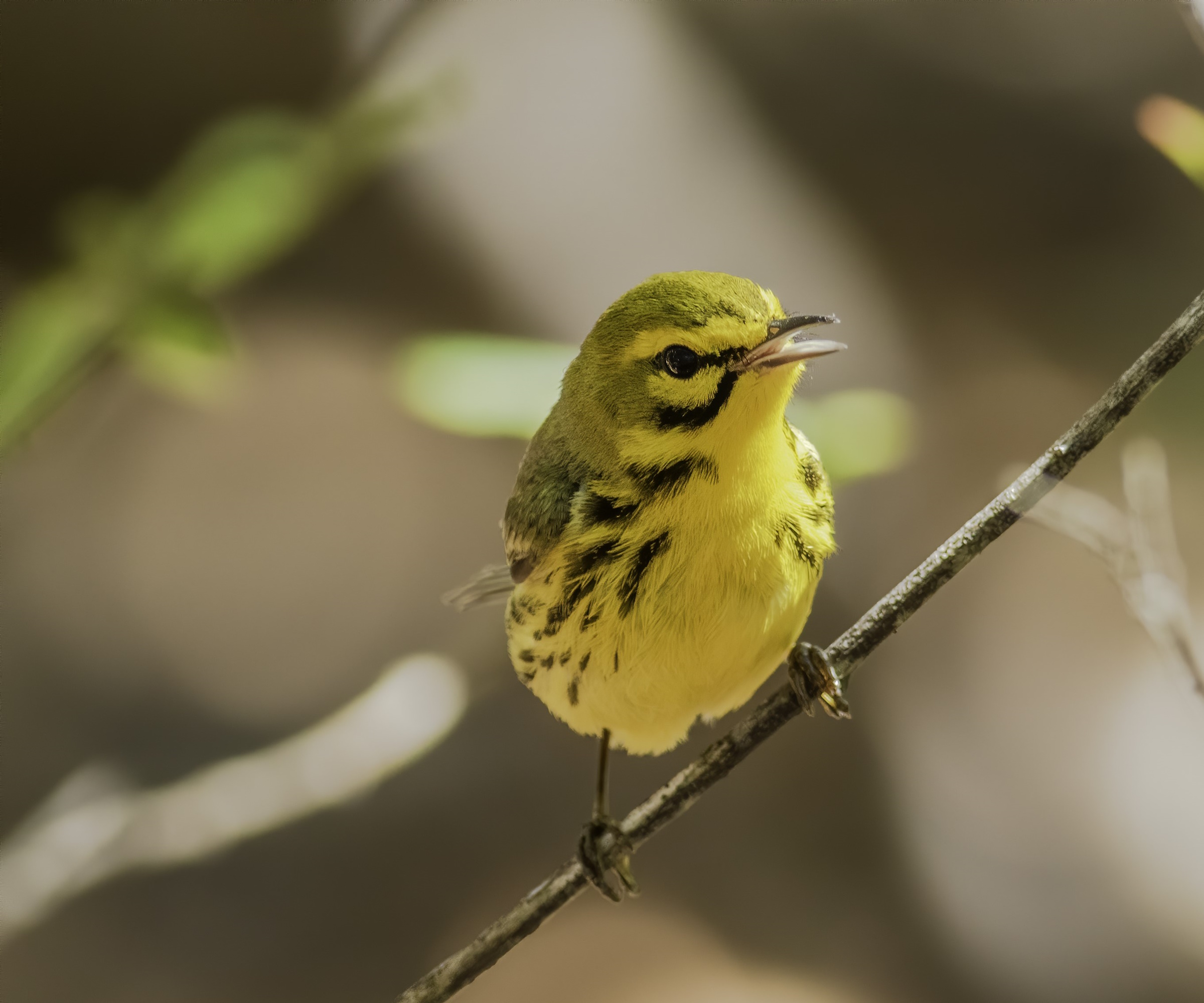
The yellow prairie warbler, Setophaga discolor, is a lively songbird native to prairie regions and scrublands across North America
'There are many ways that we can help migrating warblers as they make their way south,' Reese continues, 'but one important thing that all birds need is water.
'Keeping a shallow bird bath or water feature will prove a lifeline for migrating birds, ensuring they remain hydrated and cool as they journey thousands of miles.'
Why not try one of these solar-powered tiered bird baths, available from Walmart, that have a built-in water fountain to keep the water circulating and fresh? The sound of water trickling also helps to create a calming atmosphere in any space.
FAQs
When do warblers return to the US?
This can vary from species to species, but generally, warblers will return northwards when the worst of the winter weather has passed, typically from early spring. The beautiful yellow warbler, for example, begins to return to the US in March, with populations increasing day by day and reaching a peak in June.
While these actions might not seem significant, collectively, gardeners can make a difference. By dimming outdoor lights and providing food and water for migrating birds, we can all play a small part in helping native warblers on their epic journey.
During this time, it is also a good idea to keep a watchful eye on your pets to protect garden birds from cats and dogs, who might catch and injure an exhausted native migrating warbler.

Thomas is a Content Editor within the Gardens Team at Homes and Gardens. He has worked as a professional gardener for both public spaces and private estates, specializing in productive gardening, growing food and flowers. Trained in Horticulture at the Garden Museum, he has written on gardening and garden history for various publications, including The English Garden, Gardens Illustrated, Hortus, The London Gardener and Bloom. He has co-authored a Lonely Planet travel book, The Tree Atlas, due out in 2024.
